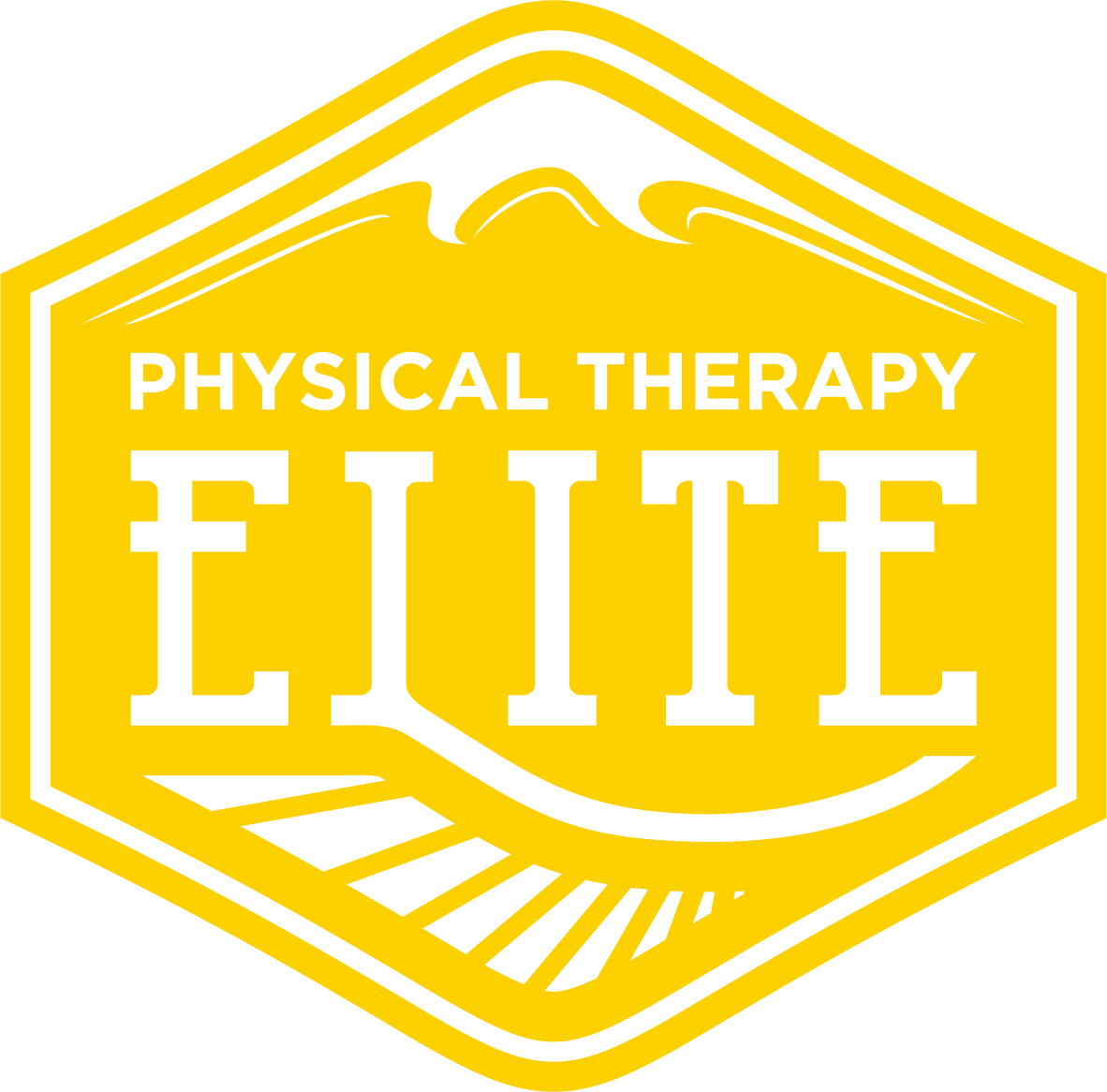R.I.C.E
There has been some hype lately regarding whether or not, ice is effective for controlling inflammation. To take it one step further, do we even want to control that inflammation with Rest, Ice, Elevation, Compression (RICE)?
The main argument being that inflammation is a natural response to injury. It is essential for healing as blood flow is increased and vital cells are brought to the damaged tissue. I don’t disagree. An acute inflammatory response occurs within seconds of injury and is visible within minutes. Generally speaking, we aren’t popping Advil or getting an ice pack on the injury within seconds or even minutes! Point is, we are not able to halt this acute inflammatory response.
So, what about RICE in the hours and days following? Absolutely!
REST
The Rest part is easy. Who wants to start jumping on an acute ankle sprain or running on a partially torn hamstring? So Rest it. Easy. What isn’t easy is determining when you can start using it and moving it and how much before it’s too much?
This is where I agree with early mobility - gentle range of motion performed either passively (by your physical therapy doctor) or actively (under the guidance of your physical therapy doctor). This absolutely promotes blood flow IN (more good stuff) and OUT (clearance of debris) while orienting scar tissue and making sure the muscles don’t completely waste away.
ICE
It has been well established and anyone who has sustained an injury would agree, Ice feels good! Scientifically speaking, it blocks the pain as it affects the nerve fibers and has the potential to reduce tissue temperatures up to 2.5-3.5 cm in depth. You could argue that this allows for a reduction in secondary injury as cellular metabolism is slowed (reduced oxygen demand) and therefore decreased risk for hypoxia following damage to blood vessels.
COMPRESSION and ELEVATION
Compression and Elevation go together. The goal is to keep the injured area from blowing-up. If blood vessels and tissue has been damaged, it has lost its integrity - its ability to pump or hold fluid. As it is healing, assistance by way of compression or elevation prevents the fluid from saturating the tissue (think about a sponge) and turning into thick, sticky edema that is very hard to remove after the fact.
The Journal of Orthopedic and Sports Physical Therapy published an article in 1986 addressing this topic. It. Is. Nothing. New.
In my professional opinion, which is based on both clinical and empirical evidence, those who make these types of arguments (i.e. “ice is bad for you”) are missing the point. You can find or produce research with any results you want. When reading these types of what I call “Always” or “Never” statements, look for the device they are trying to sell you in the end (i.e. “don’t ice, but use this _______.”)
In conclusion, there is no “Always” nor is there a “Never”. Consider each patient, each injury, individually - considering severity, acuity, body part/location etc. Don’t simply follow the rules, know how and when to apply them.

